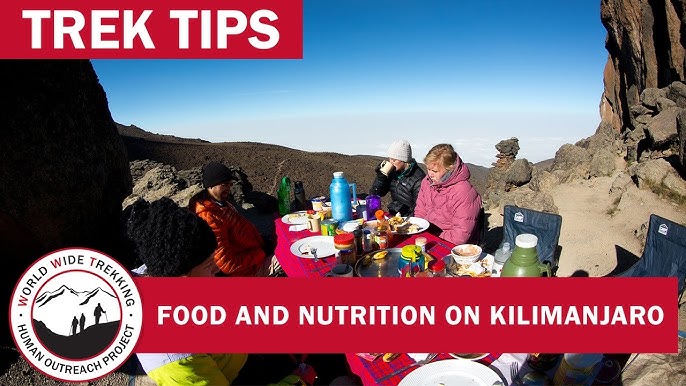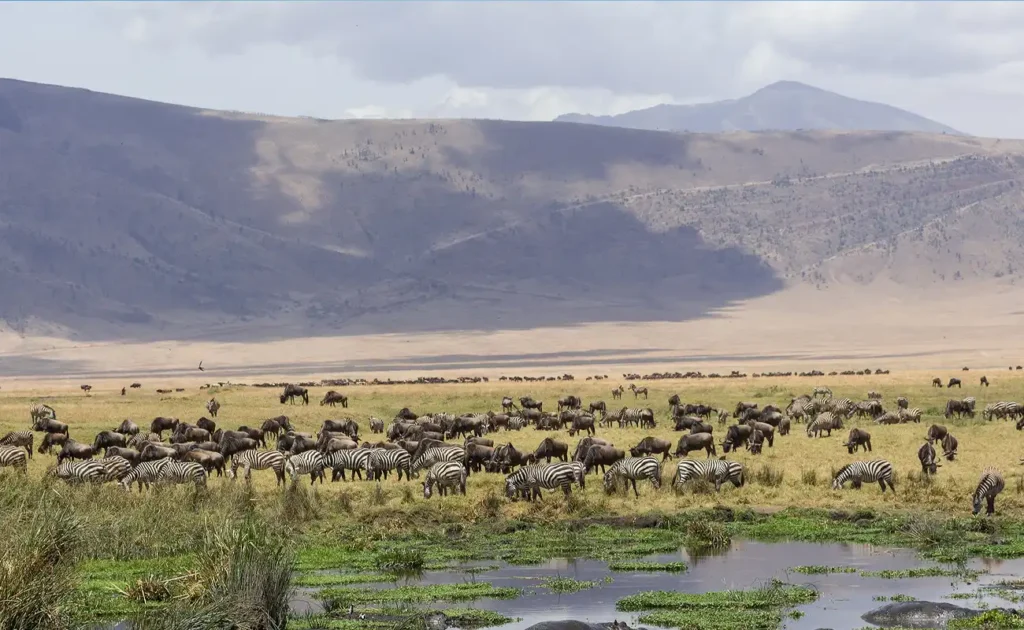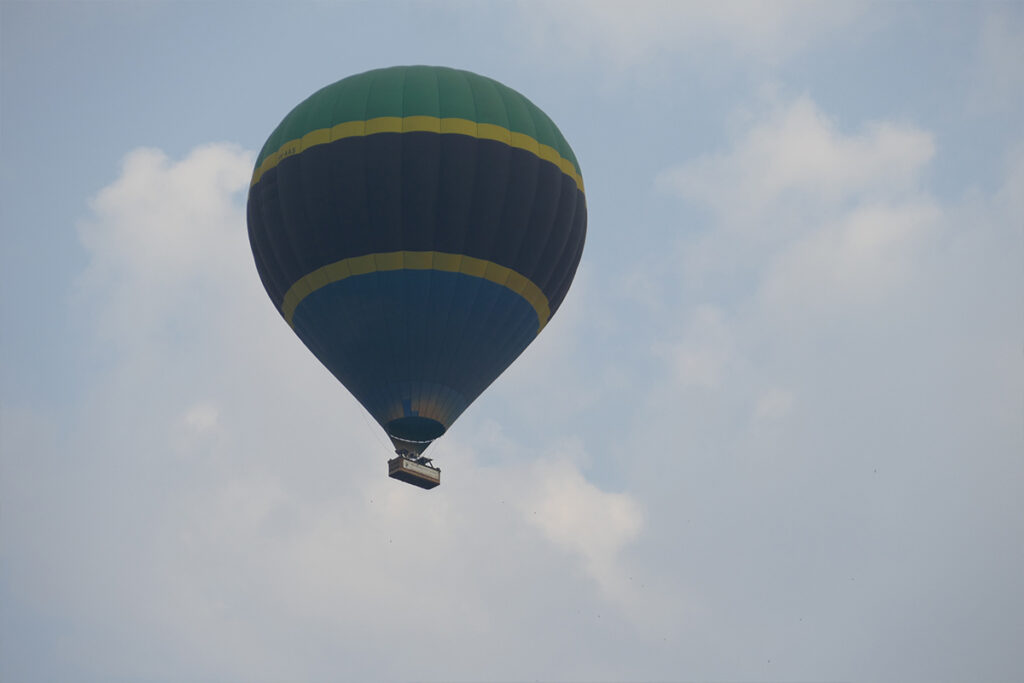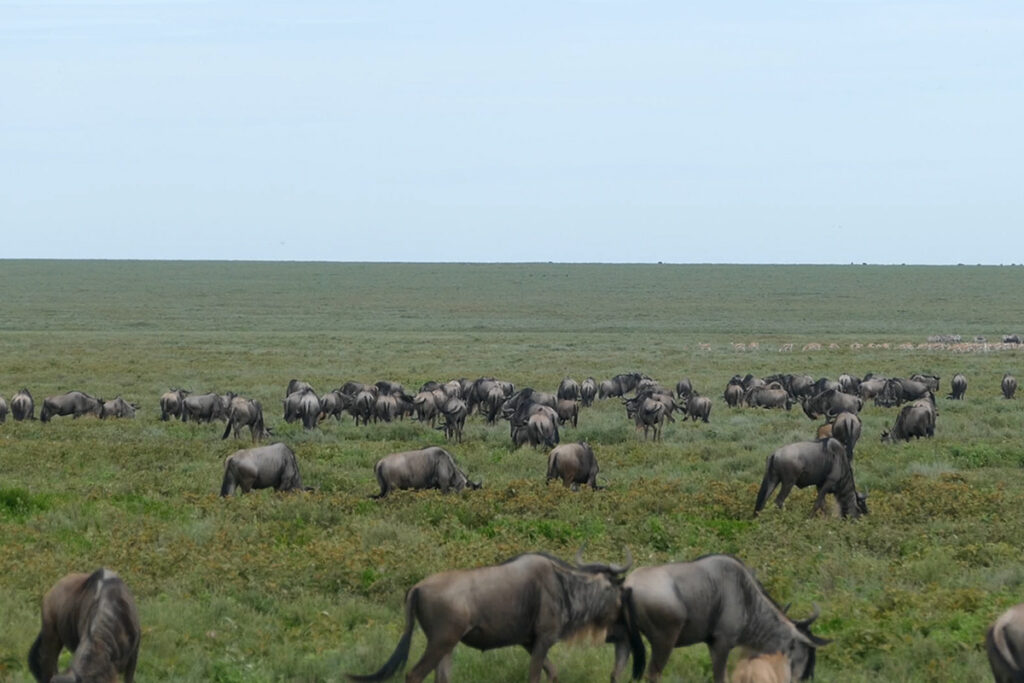As you prepare for your Kilimanjaro adventure, think about this: the human body can burn up to 4,000 calories each day on the trek. It’s a strenuous climb that not only requires mental fortitude but also an efficient energy strategy. Proper nutrition is vital, fueling both the physical endurance and mental clarity necessary to conquer Africa’s tallest peak.
Historically, climbers relied heavily on high-carbohydrate diets for energy during expeditions. However, balancing this with proteins and healthy fats can significantly enhance performance. A staggering 60% of your diet should come from carbs for sustained energy, complemented by 25% protein for muscle repair. Remember, staying hydrated with enough electrolytes is equally crucial to maintaining peak performance at high altitudes.

Nutrition Tips for Your Kilimanjaro Adventure
Climbing Mount Kilimanjaro is a major challenge that requires careful planning, including your nutrition strategy. Eating the right foods can help you maintain energy and stay healthy throughout the climb. On the ascent, your body works harder to carry extra weight and cope with lower oxygen levels. This means you’ll need to consume more calories than usual. Focus on complex carbohydrates like whole grains, fruits, and vegetables for sustained energy.
Protein is essential for muscle repair after long days of trekking. Pack lightweight sources such as nuts, seeds, and protein bars. Dehydrated meats or jerky can also provide needed protein without taking up much space. Balancing your meals with some healthy fats like avocados or olive oil is also crucial. These fats will help keep you fuller for longer and provide a concentrated source of calories.
Staying hydrated is a top priority during your Kilimanjaro trek. At high altitudes, your body loses more water through respiration and sweat. It’s important to drink at least three to four liters of water each day. Adding electrolytes can help manage fluid balance and prevent cramps. Consider bringing electrolyte tablets or sports drinks with you.
Meal planning ahead of time can make your adventure more enjoyable. Choose foods that are easy to prepare, lightweight, and packed with nutrients. Here are some meal suggestions:
- Breakfast: Oatmeal with dried fruits and nuts
- Lunch: Whole grain wraps with tuna or chicken
- Dinner: Quinoa or rice with dehydrated vegetables and meat
- Snacks: Energy bars, trail mix, and dark chocolate
Food \u0026 Nutrition on Kilimanjaro with World Wide Trekking
The Role of Nutrition in High-Altitude Climbing
Climbing at high altitudes places additional demands on the body. As you ascend, the air gets thinner, making it harder for your body to get the oxygen it needs. Without enough oxygen, you’ll use more energy to perform the same tasks. This makes nutrition crucial. By eating the right foods, you can fuel your body to cope with these challenges effectively.
A crucial aspect of high-altitude nutrition is maintaining energy levels. Carbohydrates are your primary source of quick energy. Eating pasta, bread, and fruits can help keep your energy up. Including complex carbs like brown rice or quinoa can provide sustained energy. This helps you climb steadily without getting tired too quickly.
Besides carbs, proteins are essential for recovery. Your muscles work harder in thin air, requiring more repair. Foods like lean meats, tofu, or legumes can aid muscle recovery after a rigorous day. Eating protein-rich meals during rest periods is recommended. This ensures your muscles heal and get stronger.
Hydration also plays a vital role in high-altitude climbing. It’s easier to get dehydrated in cold, high-altitude environments. Drink plenty of water and consider including hydrating foods like soups. Best to avoid caffeine and alcohol as they can dehydrate you faster. Bring enough hydration solutions to support your needs.
The Ideal Climber’s Diet: Balancing Carbs, Protein, and Fats
When preparing for a climb, such as Mount Kilimanjaro, embracing a balanced diet of carbs, protein, and fats is crucial. Carbohydrates are the main energy source, especially complex ones like whole grains. They provide the steady energy needed for long climbs. Eating foods like oatmeal, bread, and rice will help keep you going. Combining these with natural sugars from fruits, like bananas, can give you quick energy boosts when needed.
Proteins play a key role in muscle repair and recovery during your climb. Lean proteins such as chicken, fish, and legumes should be part of your diet. Carry snacks like trail mix with nuts, which are packed with protein and healthy fats. These options are not only energy-dense but also easy to pack. Eating enough protein helps your muscles heal after strenuous days.
Including good fats in your diet will ensure calorie-dense nutrition without bulk. Foods like avocados, nuts, and seeds are great sources of healthy fats. They provide long-lasting energy and help absorb key vitamins. These fats are crucial at high altitudes, where your body needs more calories. Olive oil and coconut oil are also excellent choices to cook or drizzle on meals.
Balancing these nutrients is key for stamina and power when climbing. A typical meal plan could look like this:
- Breakfast: Oatmeal topped with nuts and dried fruits
- Lunch: Chicken and vegetable wrap with whole-grain bread
- Dinner: Grilled fish with quinoa and vegetables
- Snacks: Trail mix, fruit, and yogurt
Hydration and Electrolytes: Key Elements for High-Altitude Health
Proper hydration is a fundamental aspect of health during high-altitude treks like climbing Mount Kilimanjaro. At higher elevations, the air is thinner, leading to rapid water loss through breathing. Your body dehydrates faster than at sea level, and this can lead to altitude sickness. Therefore, it’s essential to drink more water than usual. Generally, aim for around three to four liters daily.
Electrolytes are equally crucial when maintaining hydration. These minerals, like sodium and potassium, help balance fluids and support nerve and muscle function. Drinking plain water may not suffice, especially when sweating during long climbs. Incorporate drinks that replenish electrolytes, such as sports drinks or electrolyte tablets. This helps your body maintain proper hydration levels.
Monitoring your body’s signals is vital in managing water and electrolyte intake. If you’re feeling dizzy, fatigued, or experiencing headaches, it could signal dehydration or electrolyte imbalance. Listen to your body and adjust your intake accordingly. Eating snacks rich in salts, like nuts and crackers, can support electrolyte balance. Keep an eye on your urine color—it should be light yellow, not dark.
Here’s a suggested hydration plan for a day’s trek:
- Morning: Start with a big glass of water, adding electrolyte powder
- During Trek: Sip water consistently, about half a liter every hour
- After Lunch: Include another rehydration drink with salt and potassium
- Evening: Drink herbal tea for relaxation and additional hydration
Finally, avoiding caffeine and alcohol is wise, as both can increase fluid loss. Caffeinated drinks act as diuretics, making you urinate more frequently. Opt for decaffeinated beverages whenever possible. Staying hydrated with the right balance of fluids and electrolytes can vastly improve your experience. This simple practice keeps your energy high and prevents serious health issues.
Meal Planning and Food Suggestions for Your Kilimanjaro Trek
Planning meals for your Kilimanjaro trek involves creativity and focus on nutrition. You need foods that pack energy, are lightweight, and are easy to prepare. One-pot meals and food that can be eaten without cooking are fantastic choices. Focus on nutrient-dense options to fuel long days of climbing. Ready-to-eat meals and dehydrated foods are popular with climbers for their convenience.
Breakfast should provide a solid foundation to start your day. Choose foods that are rich in carbohydrates and proteins. Carry instant oatmeal or granola with dried fruits for a quick and nutritious meal. These options are easy to prepare with hot water. Pair with a serving of nuts for an added energy boost.
For lunch, consider options that are both filling and portable. Whole grain wraps filled with protein sources like peanut butter or tuna can keep you energized. Add some sliced veggies for freshness and crunch. Trail mix and protein bars can serve as great snacks. They’ll keep your energy levels steady throughout the hike.
Dinner is your chance to refuel and recover for the night. Focus on meals with complex carbohydrates and proteins. Think of couscous with beans or pasta with a sauce made of dehydrated meats and vegetables. Add spices or olive oil for extra flavor and calories. Here’s a sample day meal plan:
- Breakfast: Oatmeal with dried blueberries and almonds
- Lunch: Whole grain wrap with turkey and lettuce
- Dinner: Pasta with tomato sauce and dehydrated beef
- Snacks: Trail mix and energy bars
Remember also to bring a variety of flavors and textures to prevent meal fatigue. Being excited about your meals can make all the difference when trekking. Proper meal planning helps maintain energy and keeps spirits high. With careful choices, the right foods can greatly enhance your Kilimanjaro experience.
Key Takeaways
- Eat high-carb foods like grains and fruits for energy.
- Include lean proteins for muscle recovery during climbs.
- Consume healthy fats like nuts and avocados wisely.
- Stay hydrated with water and electrolyte drinks daily.
- Balance your meals to support endurance and health.




